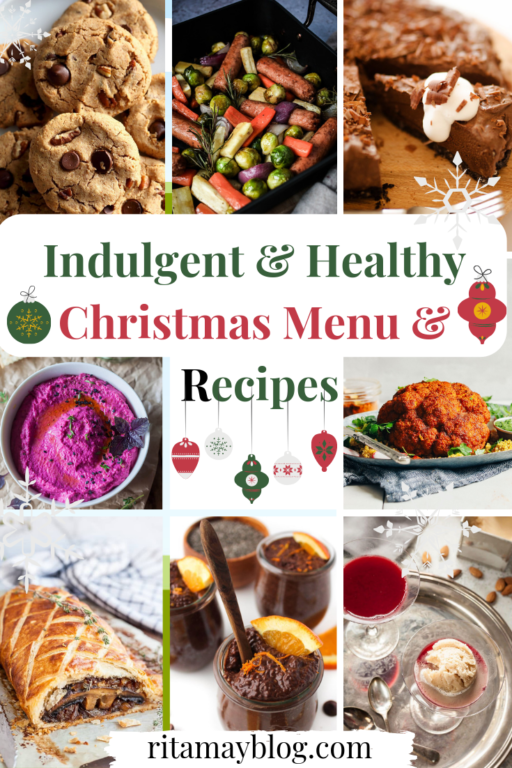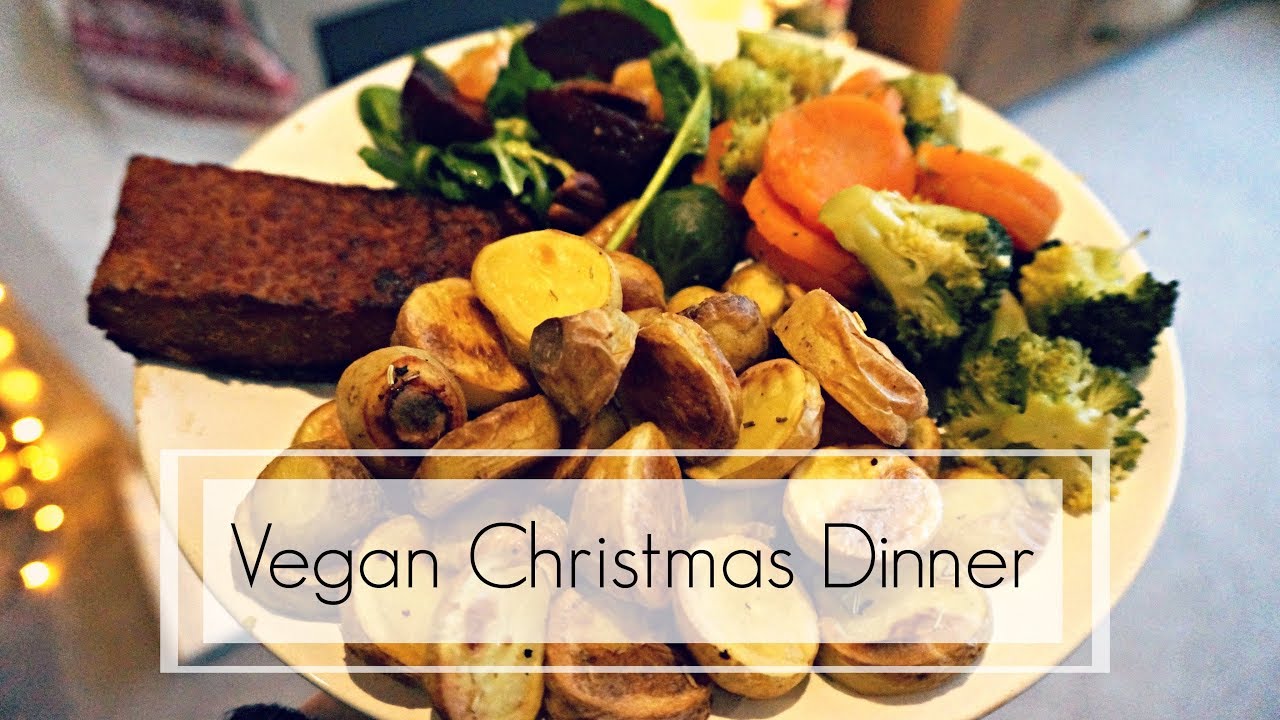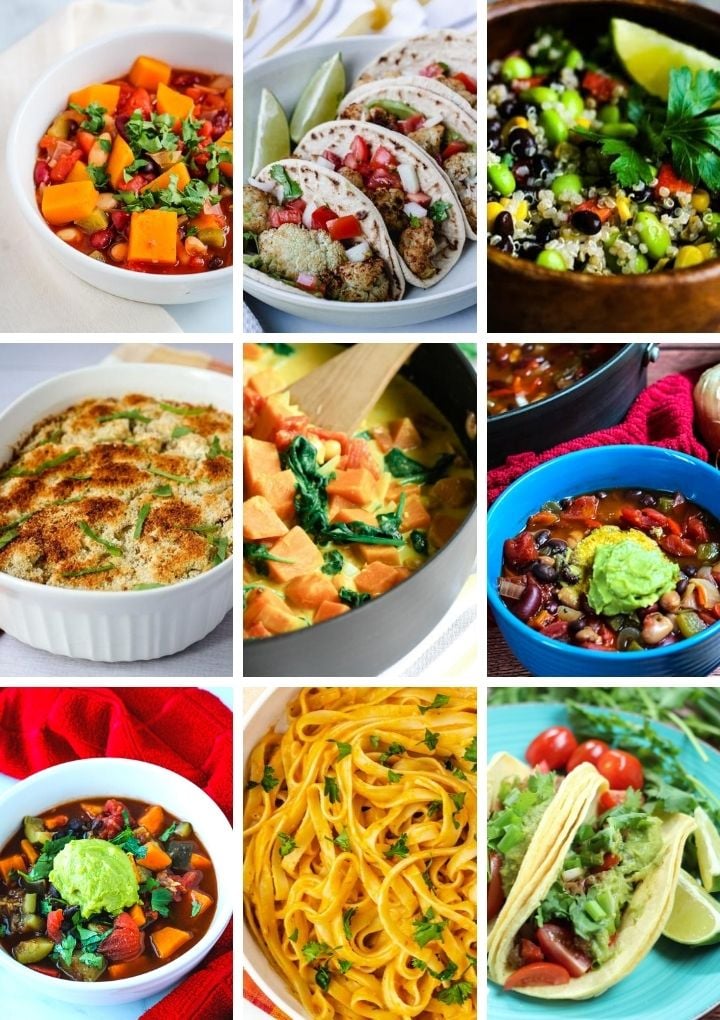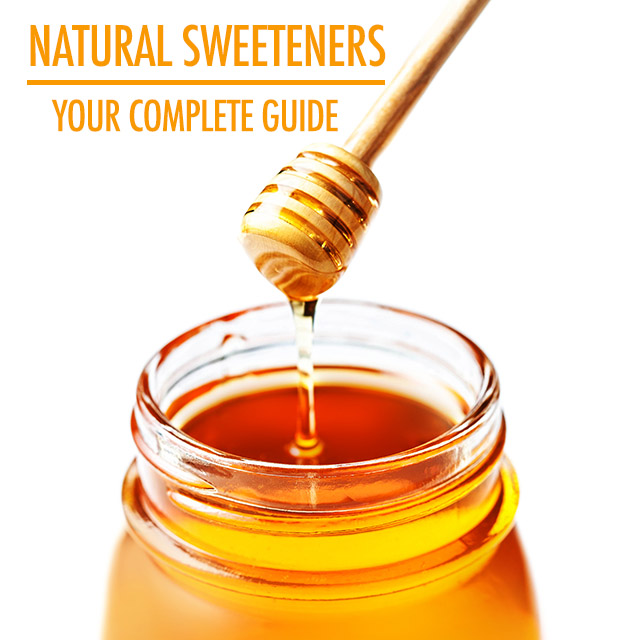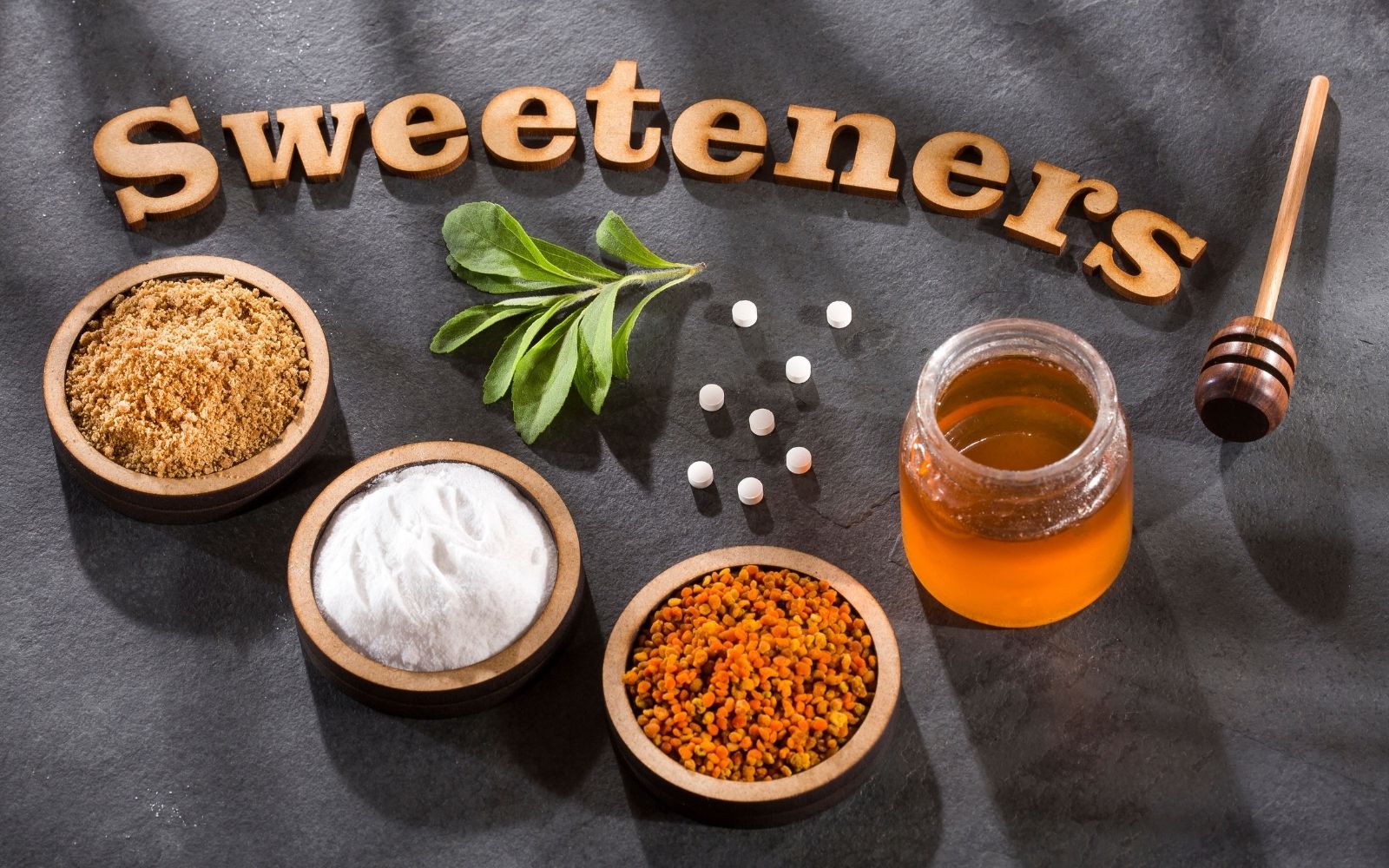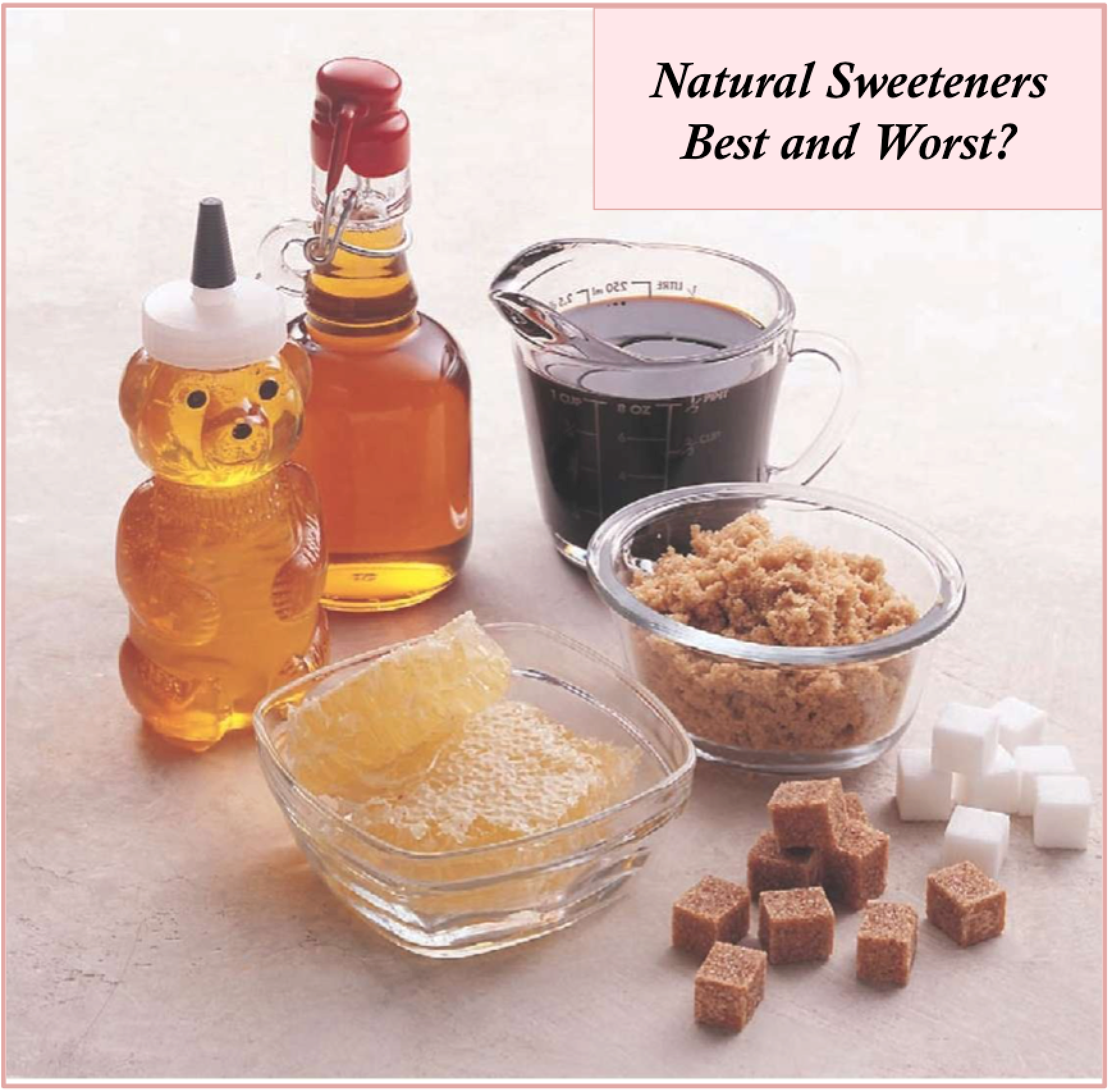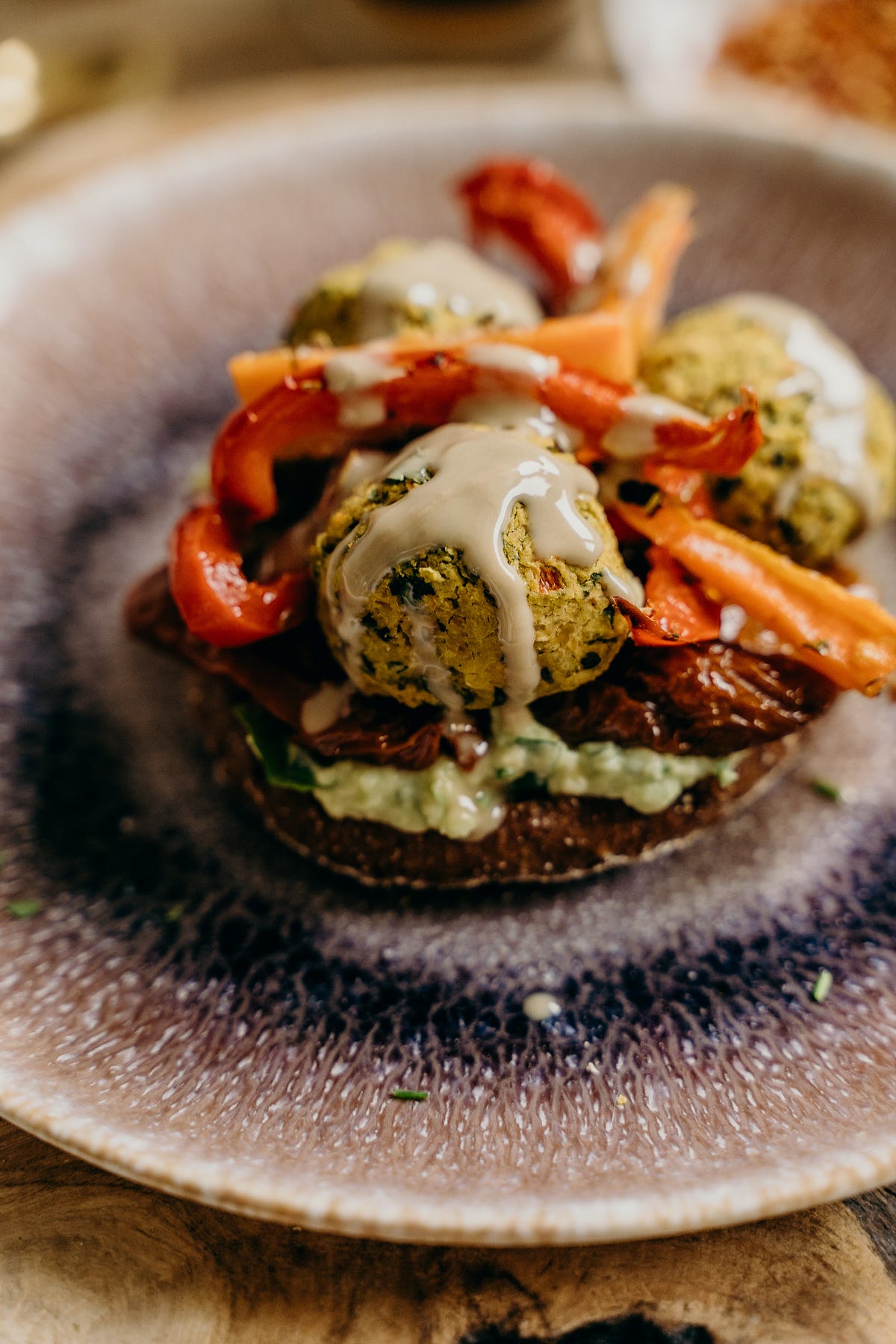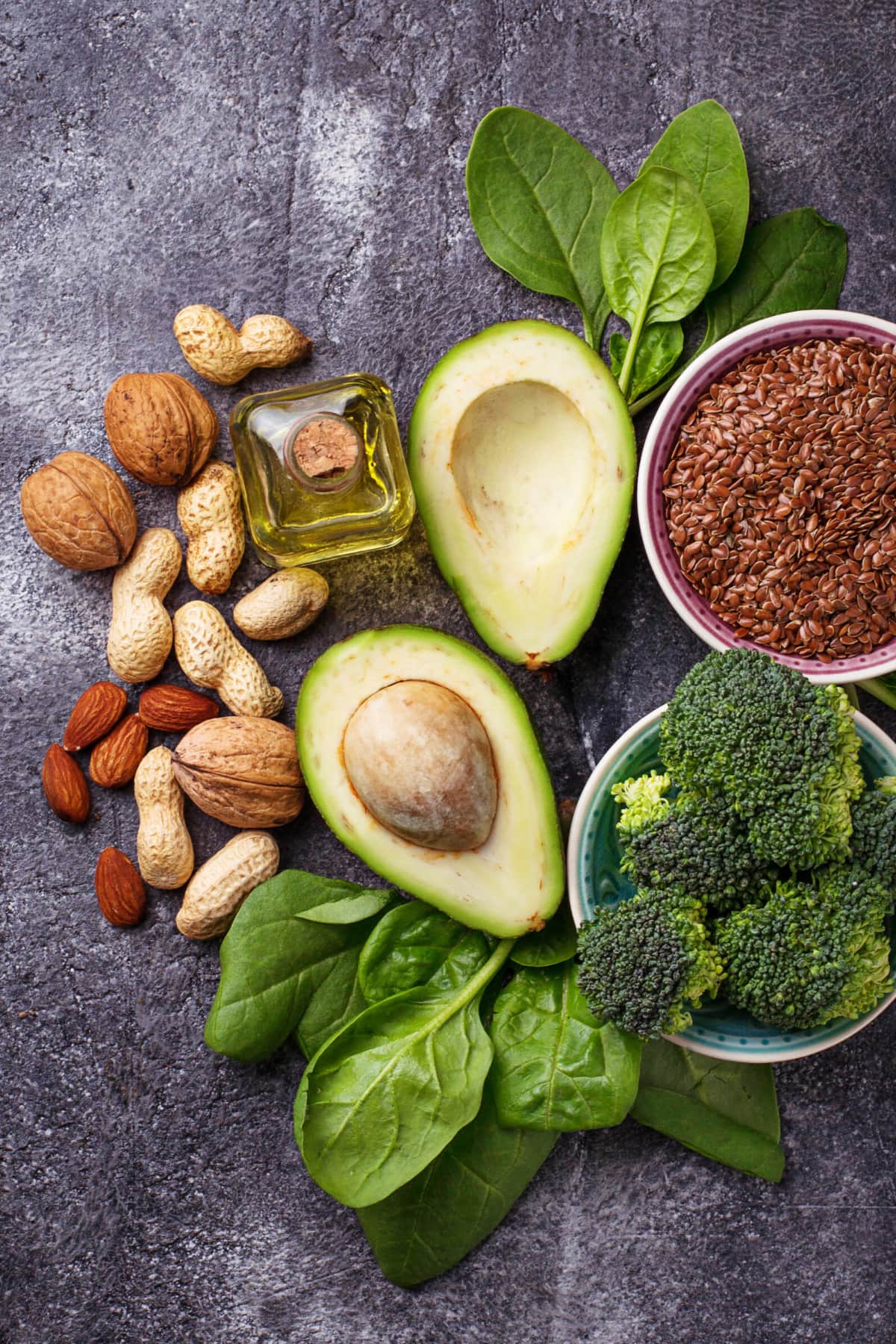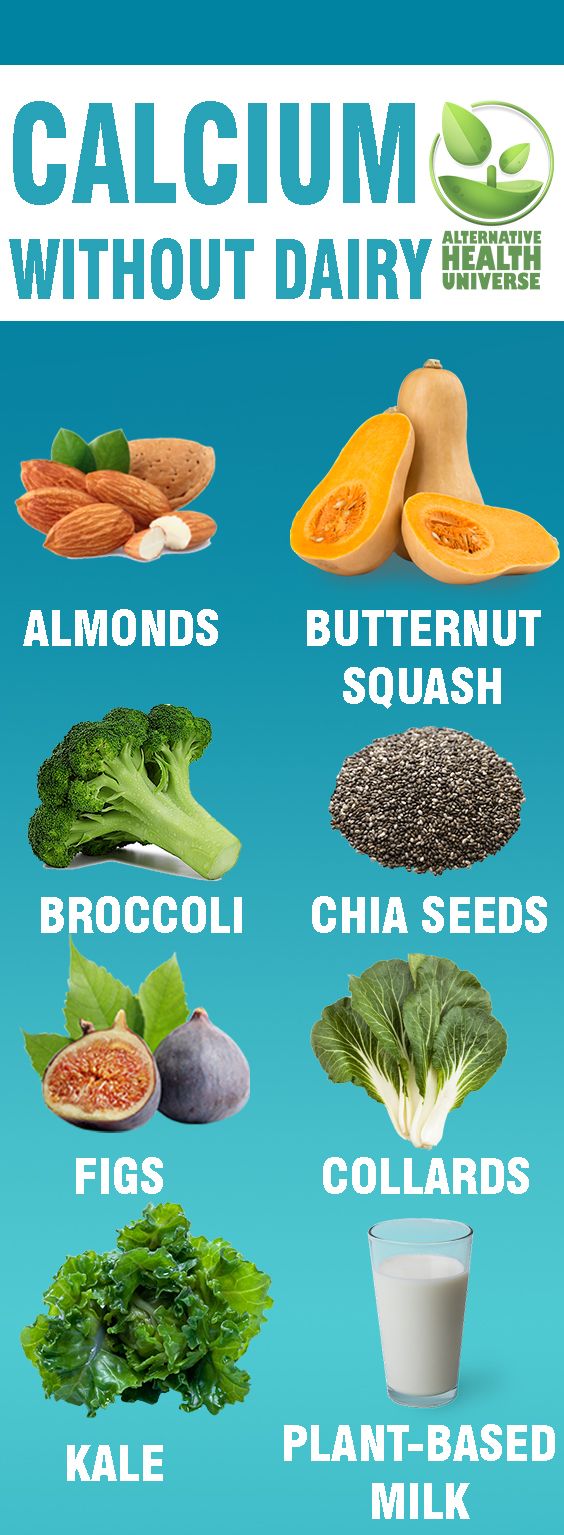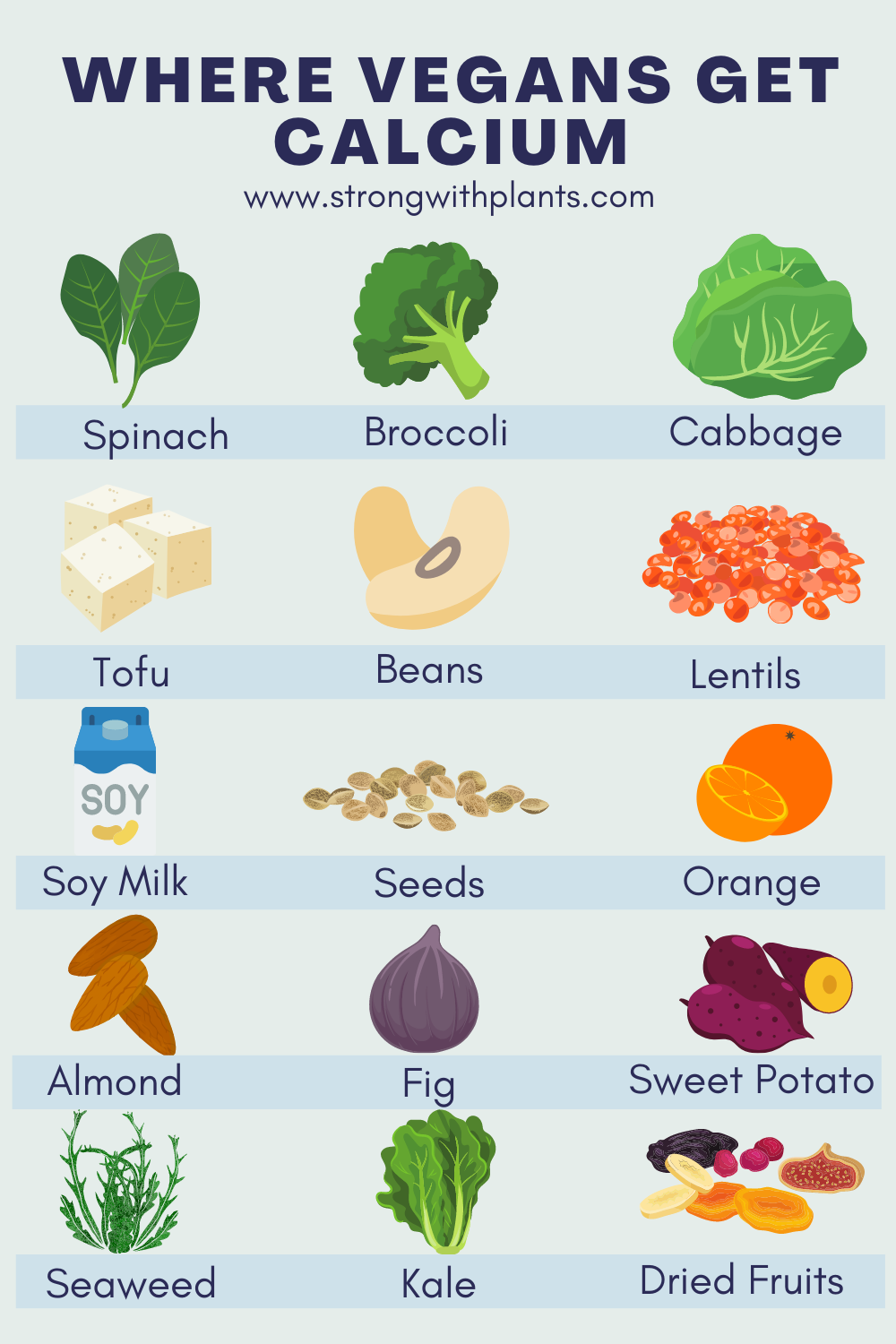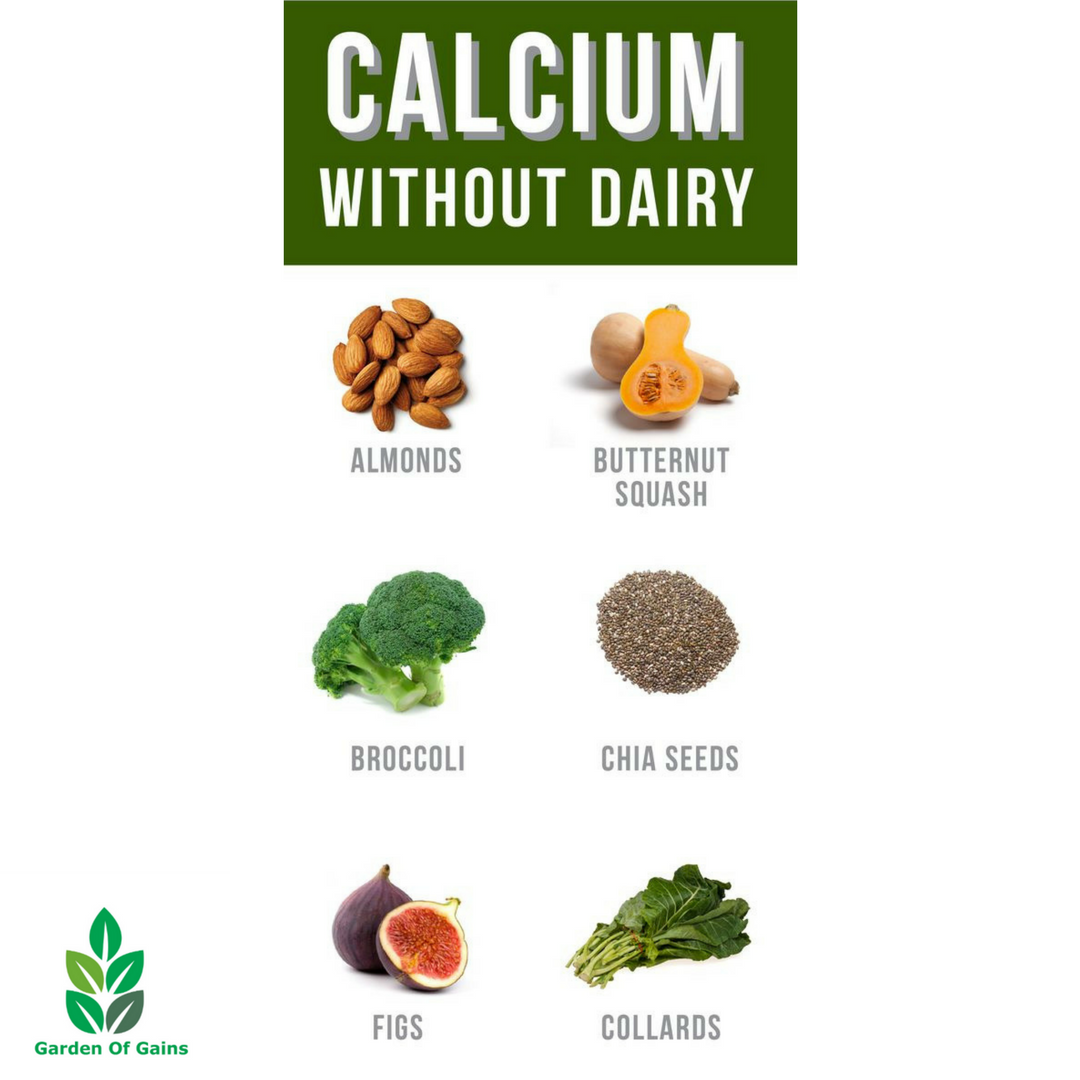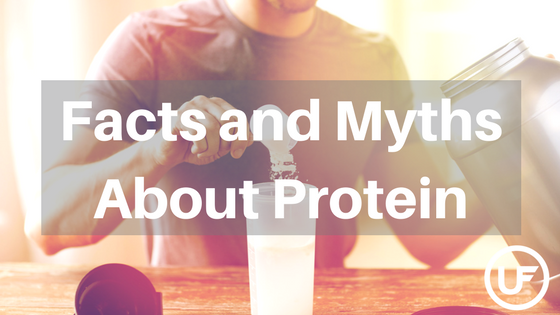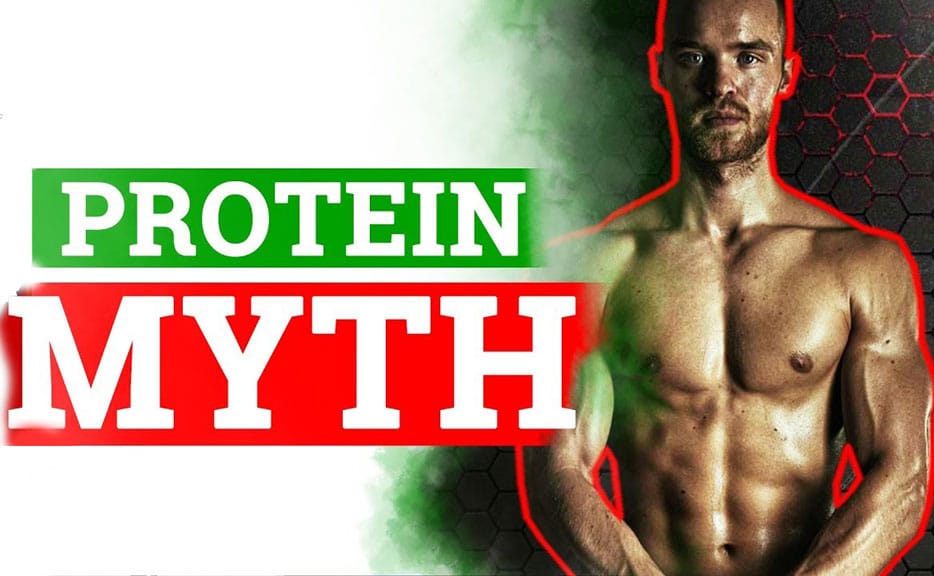The Vegan’s Guide To Dairy Alternatives

Executive Summary

This guide provides a comprehensive overview of the world of dairy alternatives, offering insights into their production, nutritional value, environmental impact, and use in various culinary applications. Whether you are a seasoned vegan or just starting your journey, this guide equips you with the knowledge to make informed choices about the best dairy alternatives for your lifestyle. We explore the various types available, including plant-based milk, yogurt, cheese, and ice cream, highlighting their distinct characteristics, benefits, and drawbacks. We delve into the ethical and environmental aspects of choosing dairy alternatives and provide practical tips for incorporating them into your everyday meals and snacks.

Introduction
Embracing a vegan lifestyle often means navigating the world of dairy alternatives. While dairy products have long been staples in our diets, the growing demand for plant-based options has led to an exciting explosion of alternatives, each with its unique flavor, texture, and nutritional profile. This guide aims to demystify the world of dairy alternatives, providing you with the information you need to make informed choices for a delicious and fulfilling vegan lifestyle.
Frequently Asked Questions
1. Are dairy alternatives healthy?
Dairy alternatives are generally considered healthy, but their nutritional profiles vary depending on the type and brand. Some offer comparable levels of calcium and vitamin D to dairy milk, while others may be fortified with additional nutrients. It’s essential to check the nutritional information and choose alternatives that meet your dietary needs.
2. Are dairy alternatives sustainable?
Dairy alternatives are often touted as more sustainable than traditional dairy products due to their lower environmental footprint. Plant-based milk production generally requires less water and land compared to animal agriculture. However, the sustainability of specific dairy alternatives can vary depending on factors like ingredient sourcing and processing methods.
3. Are dairy alternatives truly vegan?
True vegan dairy alternatives are made entirely from plant-based ingredients, without any animal-derived components. However, it’s crucial to check the labels carefully, as some alternatives may contain ingredients like rennet derived from animal stomachs. Look for “vegan” or “plant-based” certifications to ensure your choice aligns with your vegan lifestyle.
Plant-Based Milk
Plant-based milk is a versatile dairy alternative, commonly used in beverages, cooking, and baking. It’s available in a wide variety, each offering a unique taste, texture, and nutritional profile.
Here are some of the most popular plant-based milk options:
- Soy Milk: A classic choice known for its high protein content and affordability. However, it may not be suitable for individuals with soy allergies.
- Almond Milk: A popular choice for its nutty flavor and low calorie count. However, almond milk production requires significant water resources.
- Oat Milk: A versatile option with a creamy texture and naturally sweet flavor. It’s a good source of fiber and can be enjoyed in various applications.
- Coconut Milk: A rich and creamy milk with a distinct coconut flavor. It’s often used in Asian cuisine and desserts.
- Rice Milk: A hypoallergenic option with a mild flavor and smooth texture. It’s low in protein but can be a good choice for those with sensitivities.
Plant-Based Yogurt
Plant-based yogurt offers a creamy, tangy alternative to dairy yogurt, perfect for smoothies, dips, and breakfast bowls. It’s often made from fermented soy, almond, coconut, or oat milk, providing a similar texture and taste to traditional yogurt.
Here are some key points to consider about plant-based yogurt:
- Flavor Profile: Plant-based yogurts often have a slightly different flavor profile than dairy yogurt, with some varieties having a subtle sweetness.
- Probiotics: Like traditional yogurt, plant-based yogurt can be a source of probiotics, which are beneficial bacteria for gut health. However, it’s essential to check the label for specific probiotic strains.
- Calcium Content: Some plant-based yogurts are fortified with calcium to match the nutritional content of dairy yogurt.
- Thickness: The consistency of plant-based yogurt can vary depending on the brand and ingredients used.
Plant-Based Cheese
Plant-based cheese has revolutionized the world of vegan cuisine, offering delicious alternatives to traditional cheeses. They are made from various plant-based ingredients, resulting in diverse textures, flavors, and meltability.
Here’s a glimpse into the world of plant-based cheese:
- Cashew Cheese: A popular choice for its creamy texture and mild flavor. It’s often used in vegan cheese spreads and dips.
- Nut-Based Cheese: Made from a blend of nuts like almonds, cashews, or walnuts, offering a rich, nutty flavor and smooth texture.
- Soy-Based Cheese: A versatile option with a more neutral flavor, often used in vegan pizzas and cheese melts.
- Coconut-Based Cheese: Offers a distinct coconut flavor and creamy texture, commonly used in vegan mac and cheese or as a topping for Mexican dishes.
Plant-Based Ice Cream
Plant-based ice cream is a delightful treat for vegans and non-vegans alike. It’s made using a variety of plant-based ingredients like coconut milk, almond milk, cashew cream, or soy milk, providing a creamy, refreshing, and guilt-free indulgence.
Here are some key considerations for choosing plant-based ice cream:
- Base Ingredients: Plant-based ice cream can be made from various ingredients, each impacting its taste and texture.
- Sugar Content: Many plant-based ice creams contain added sugars to enhance their sweetness. Be mindful of sugar intake, especially if you’re watching your sugar levels.
- Flavor Varieties: Plant-based ice cream comes in a wide array of flavors, from classic vanilla and chocolate to more adventurous options like mango, matcha, or even vegan cookie dough.
- Freeze-Thawing Consistency: Some plant-based ice creams may have a different freeze-thaw consistency compared to traditional ice cream, potentially becoming icier after being frozen and thawed.
Conclusion
Navigating the world of dairy alternatives can be an exciting adventure, filled with delicious discoveries and the opportunity to explore new flavors and textures. From plant-based milk to cheese and ice cream, there’s a dairy alternative for every palate and dietary preference. By understanding the various options available, their nutritional content, environmental impact, and ethical considerations, you can make informed choices that align with your vegan values and enjoy a delicious and fulfilling lifestyle.
Keyword Tags
- Vegan
- Dairy Alternatives
- Plant-Based Milk
- Plant-Based Cheese
- Plant-Based Yogurt






